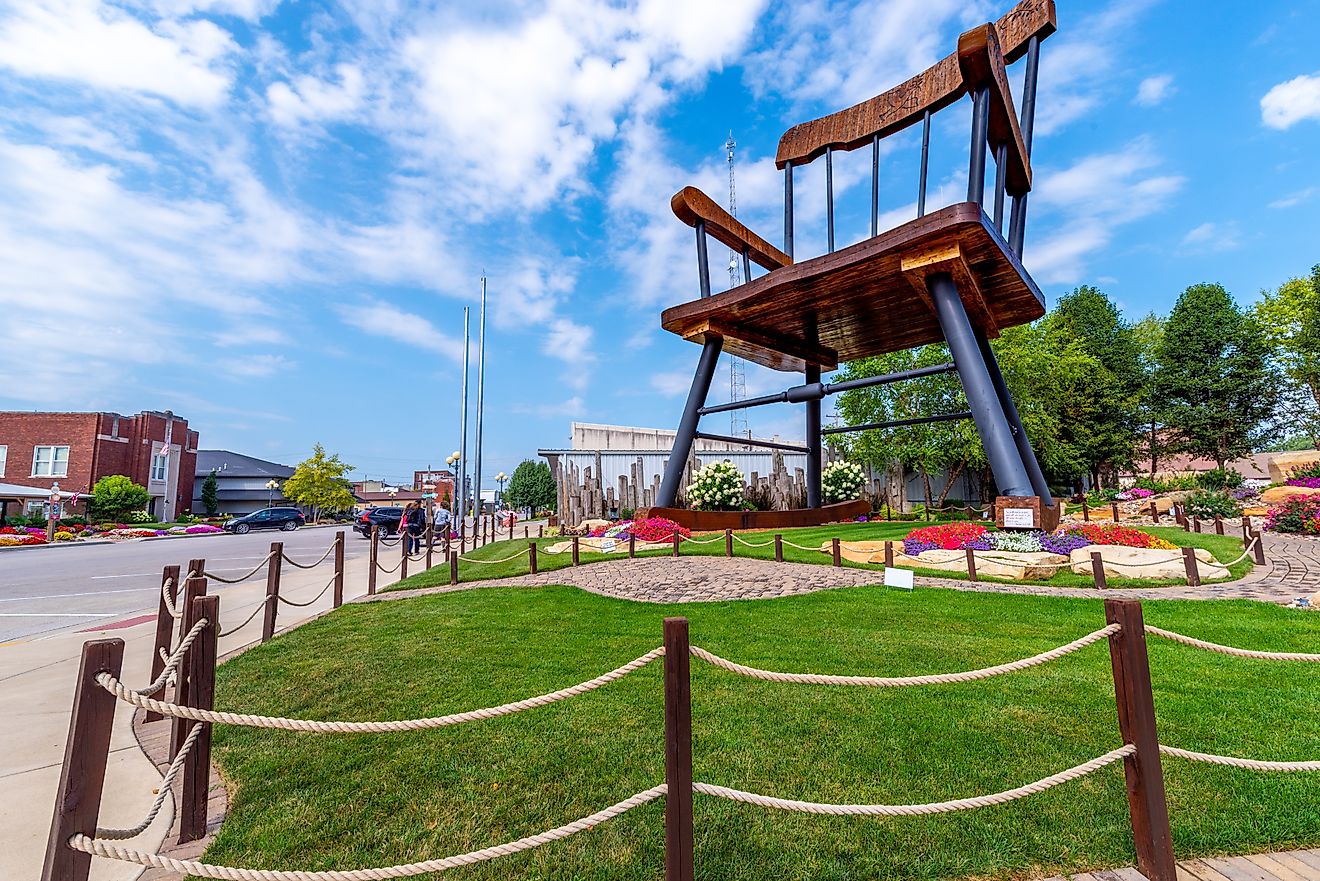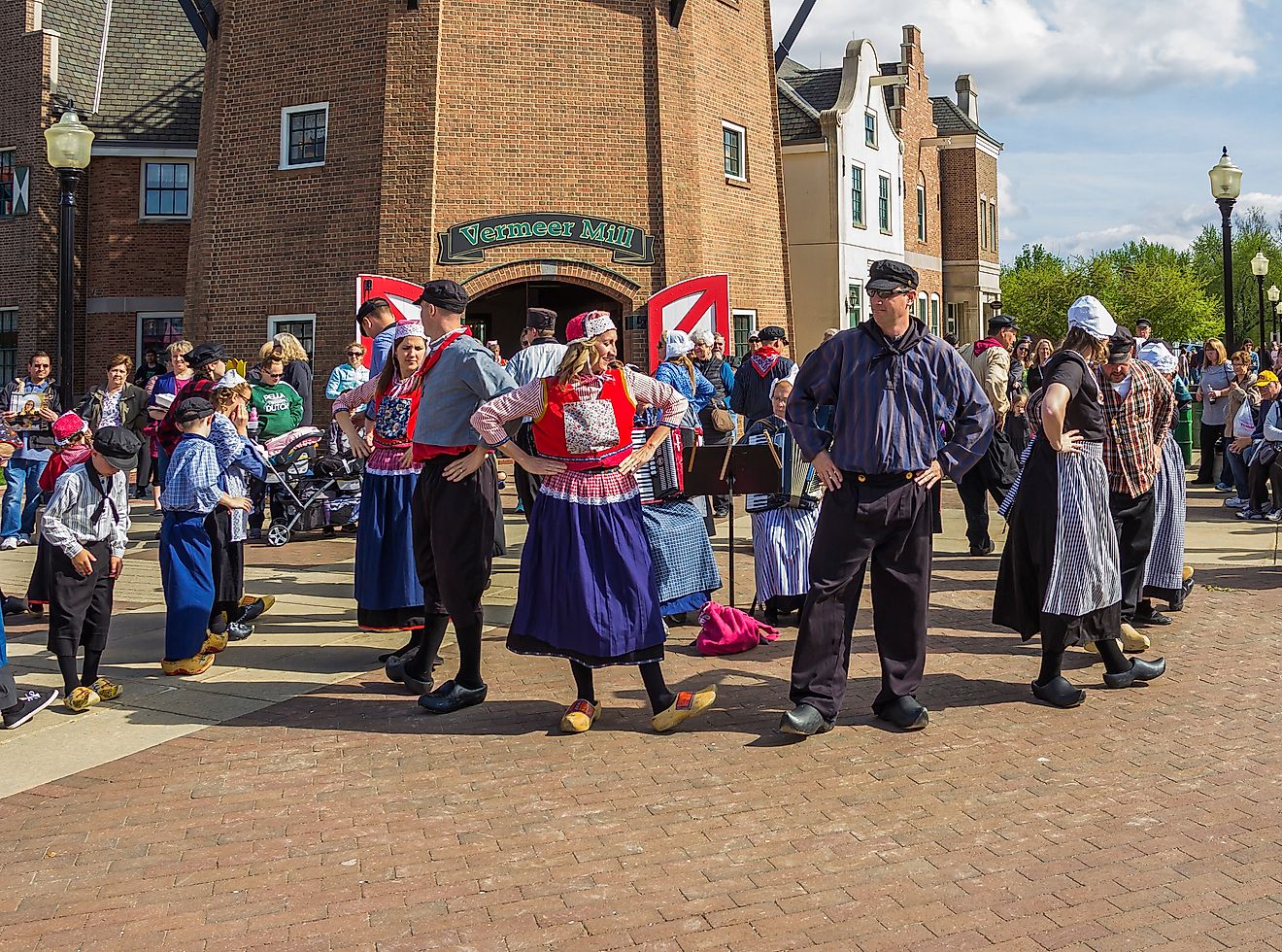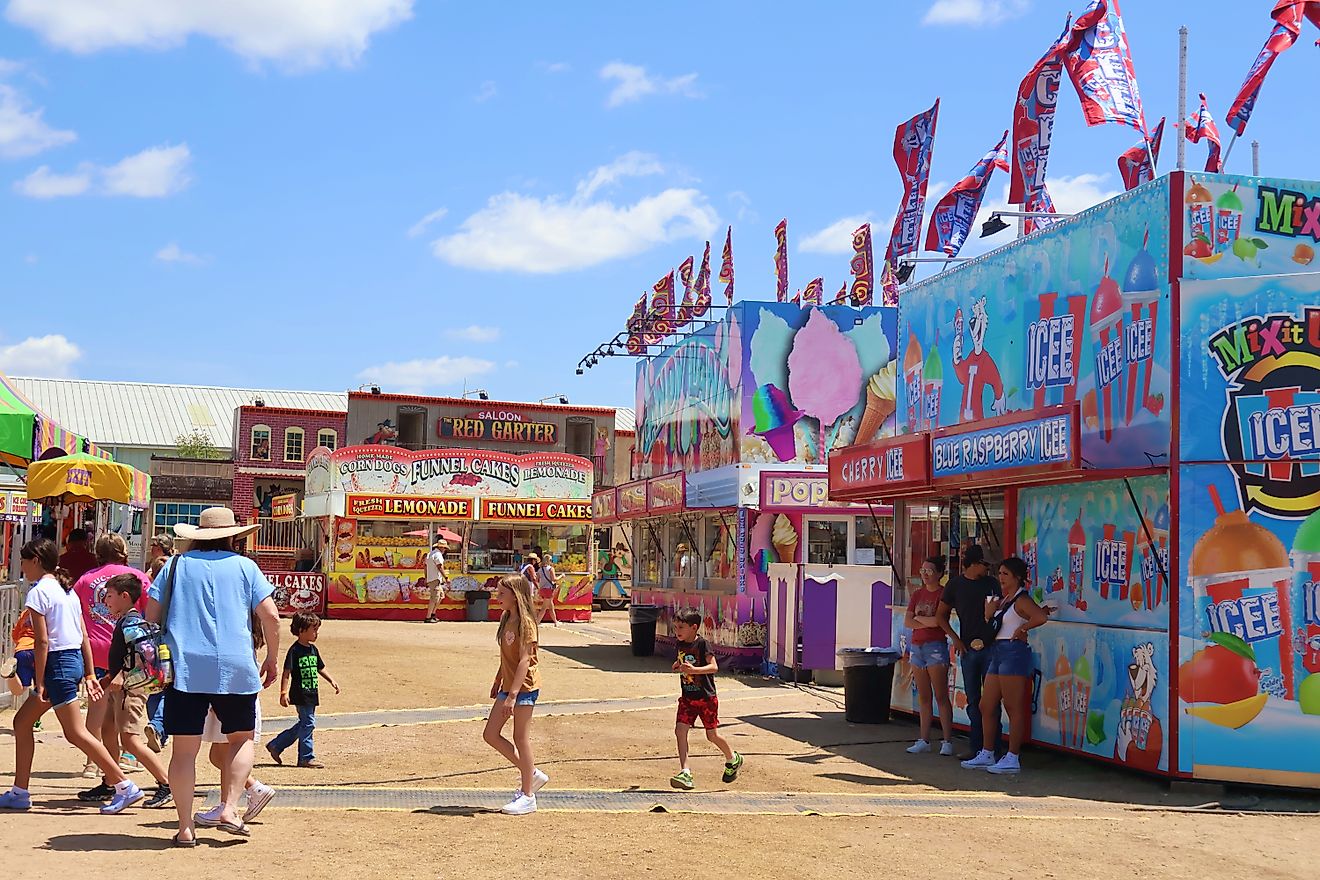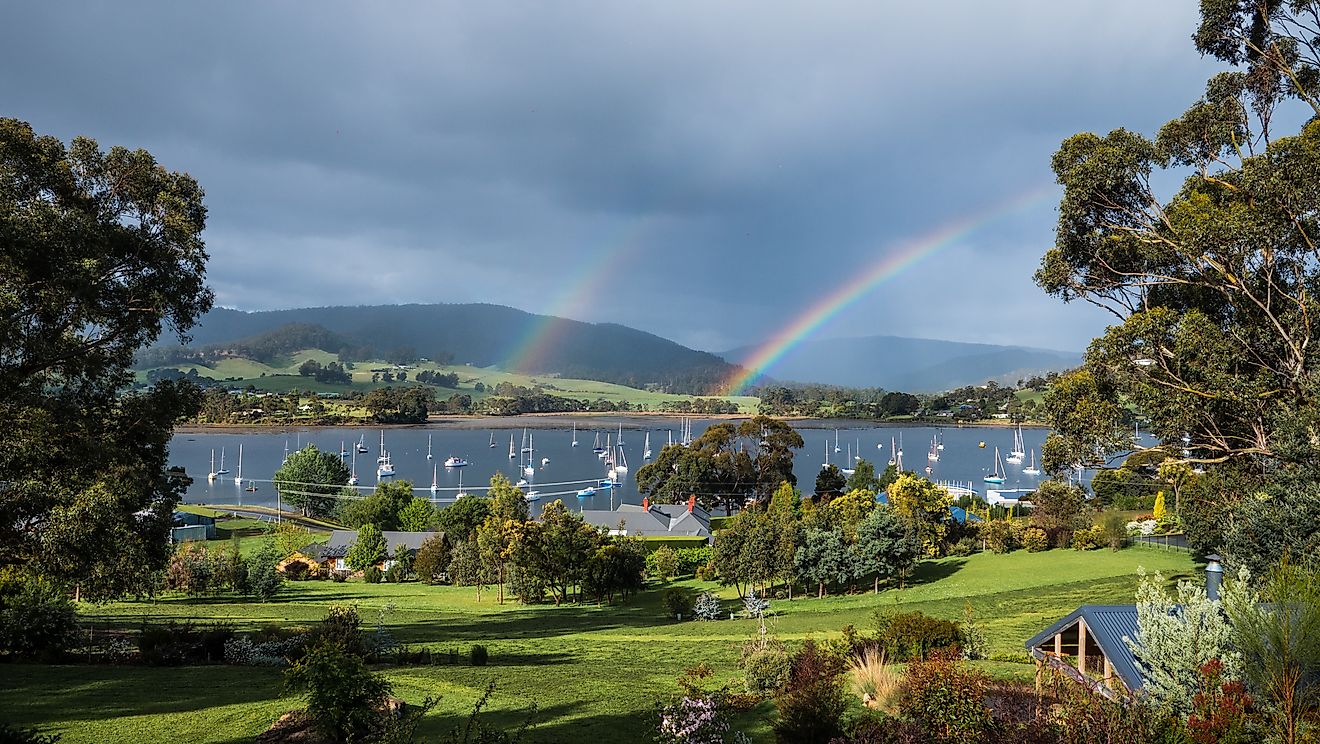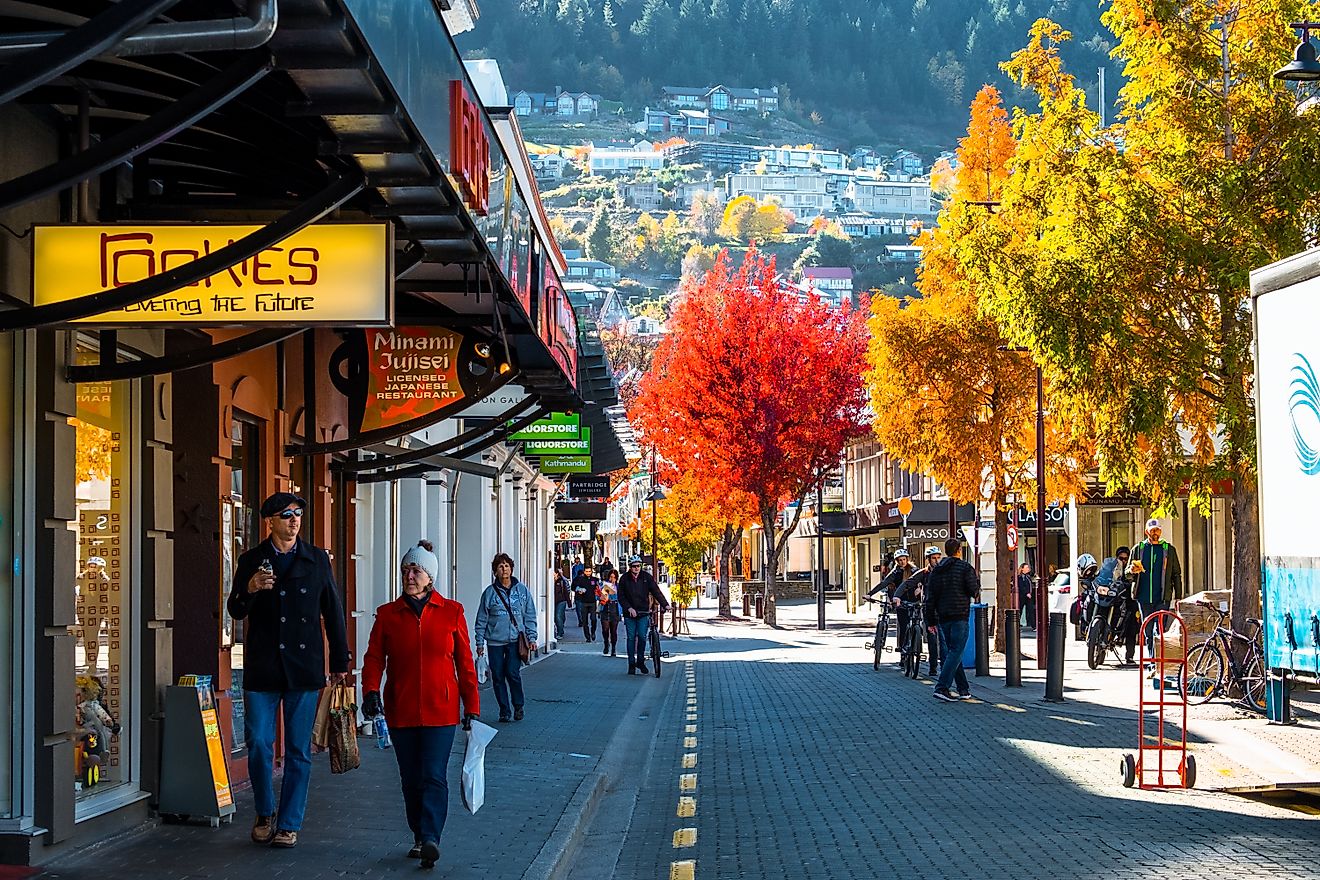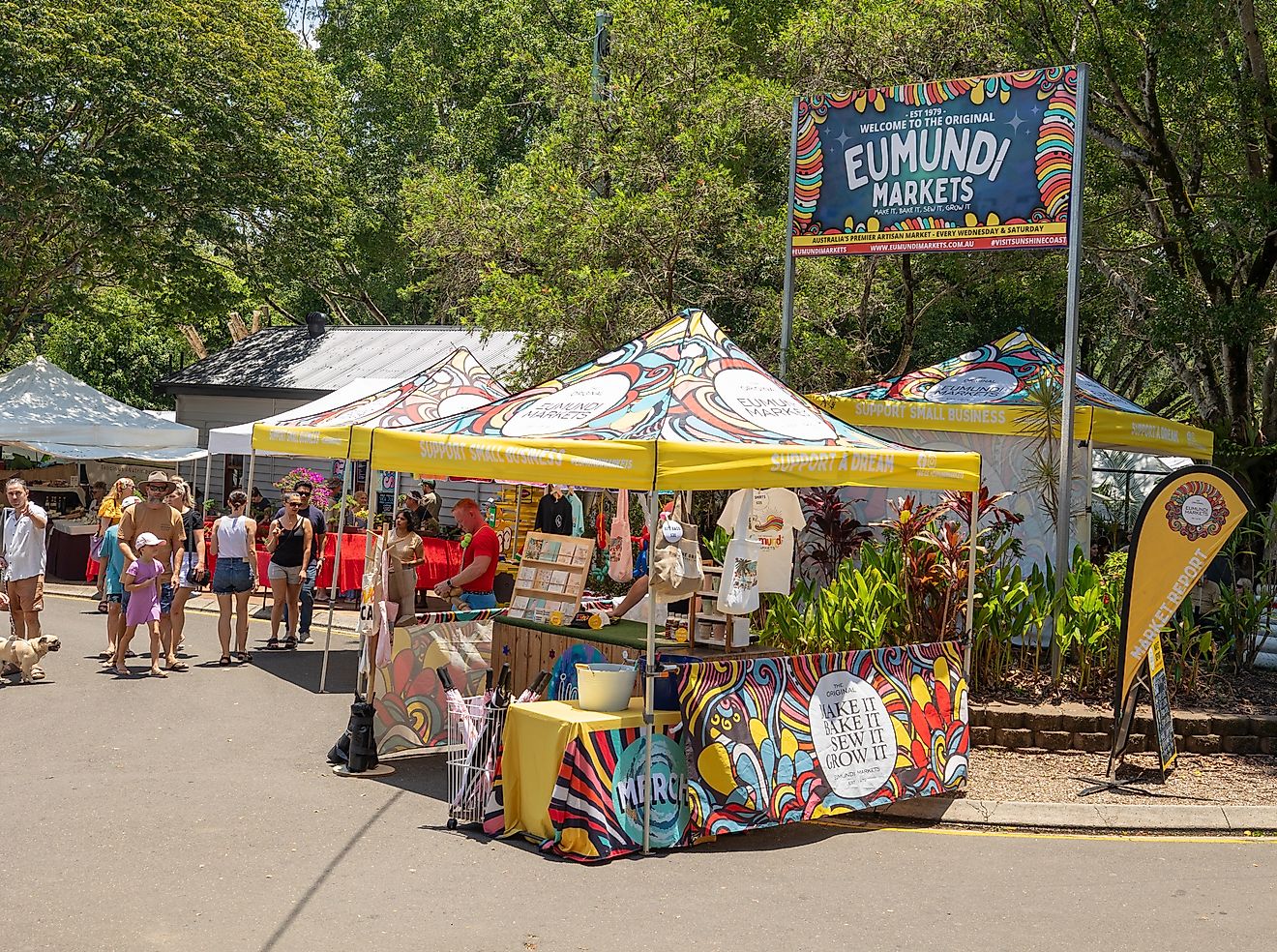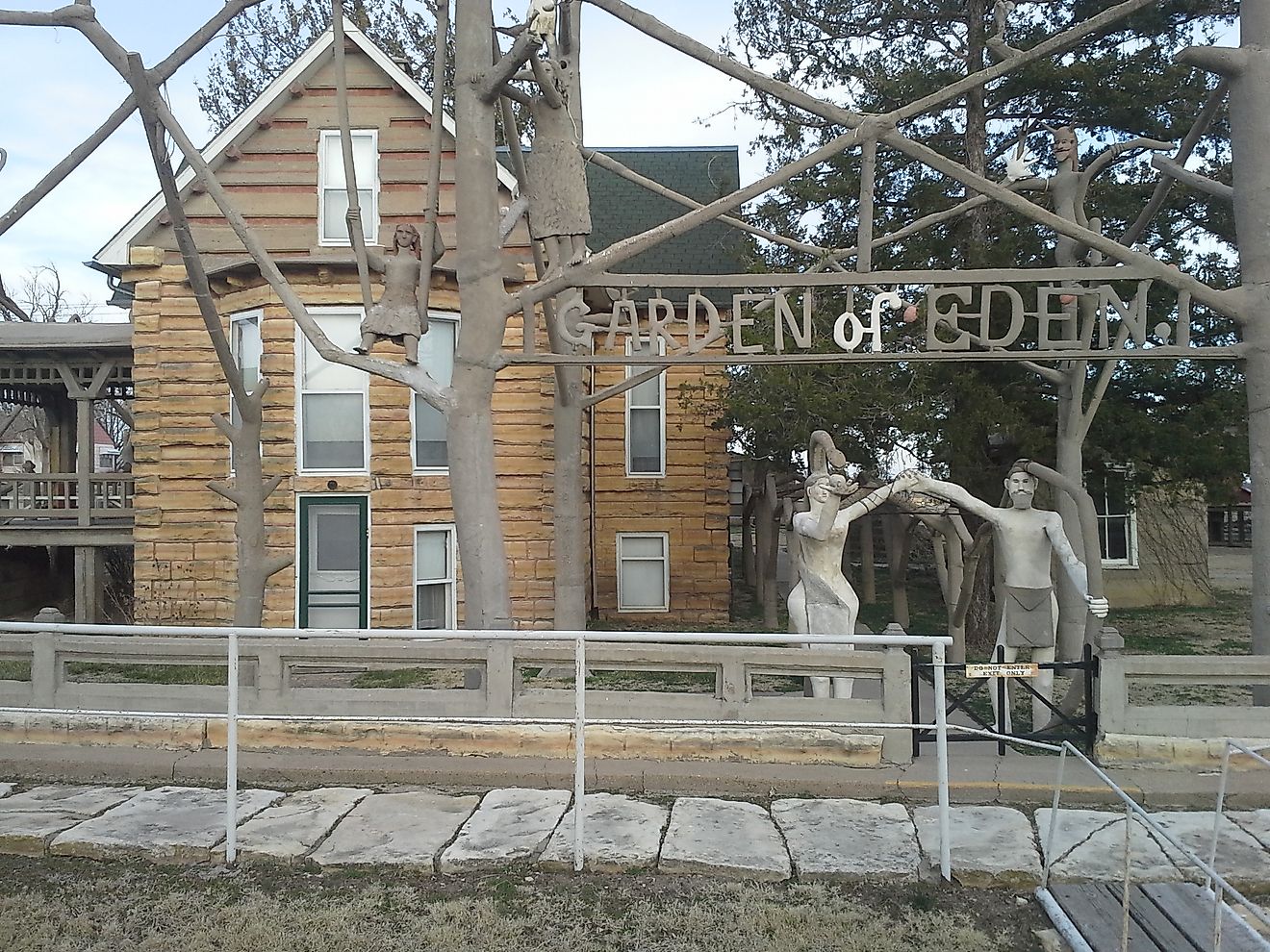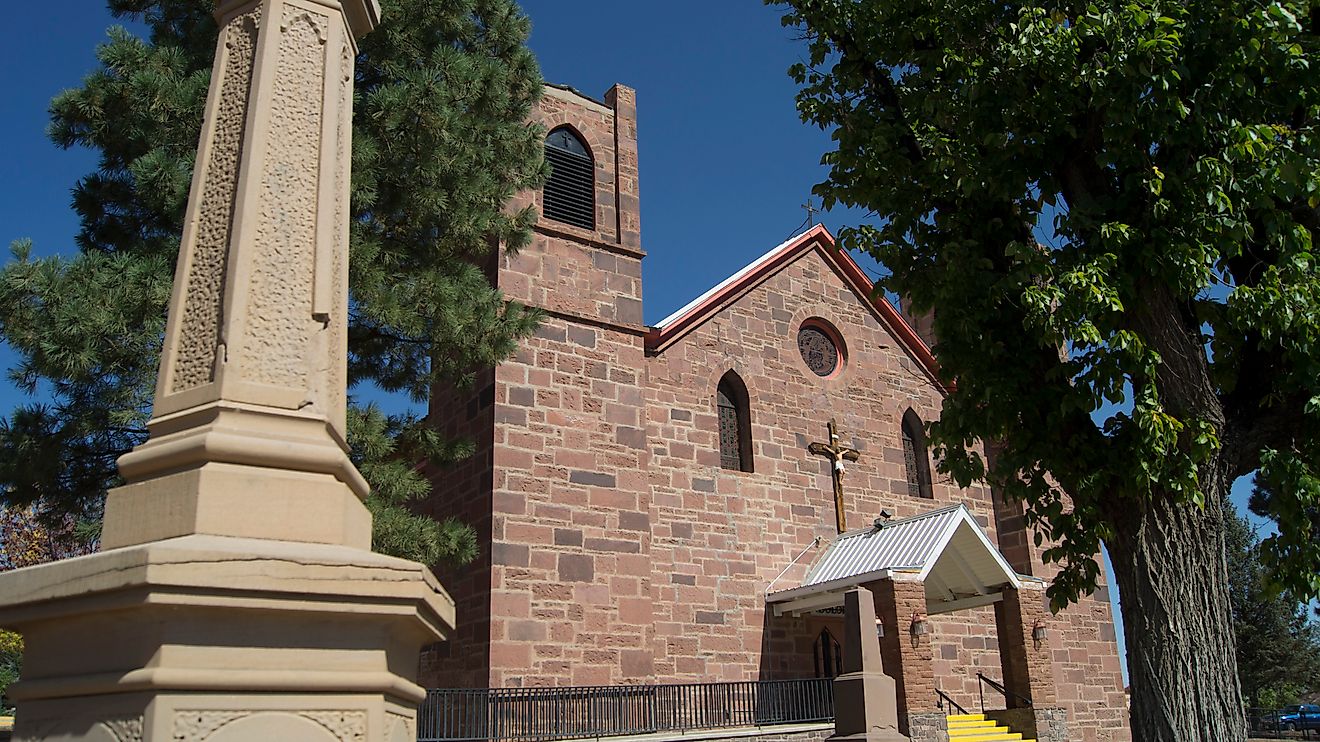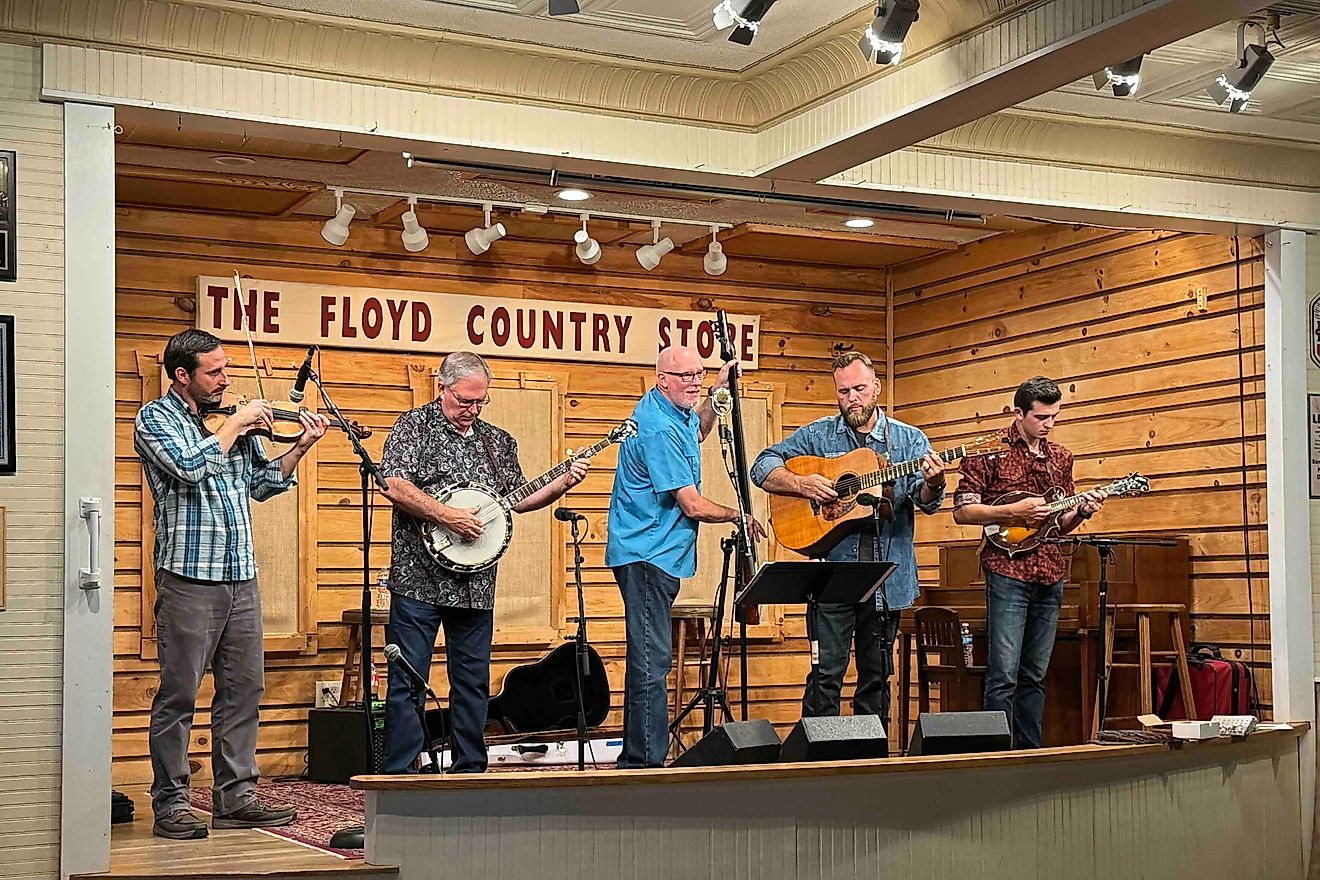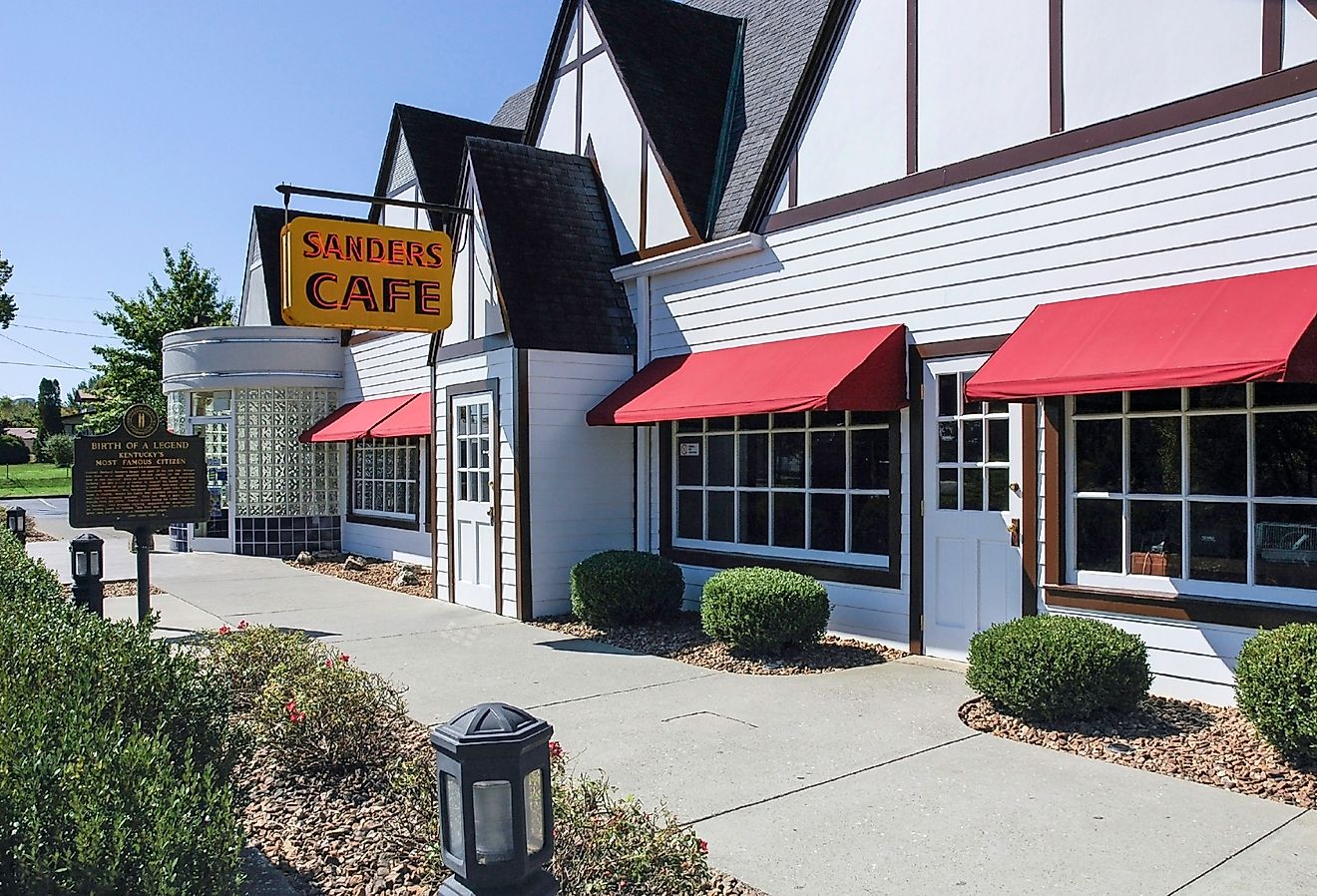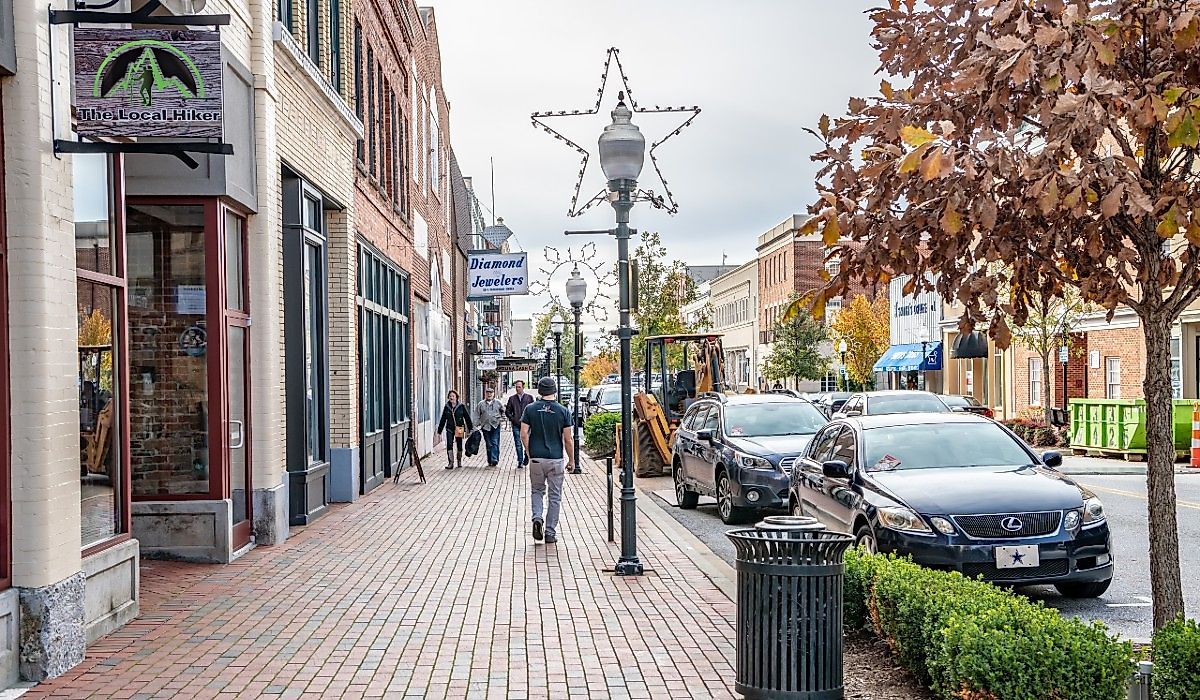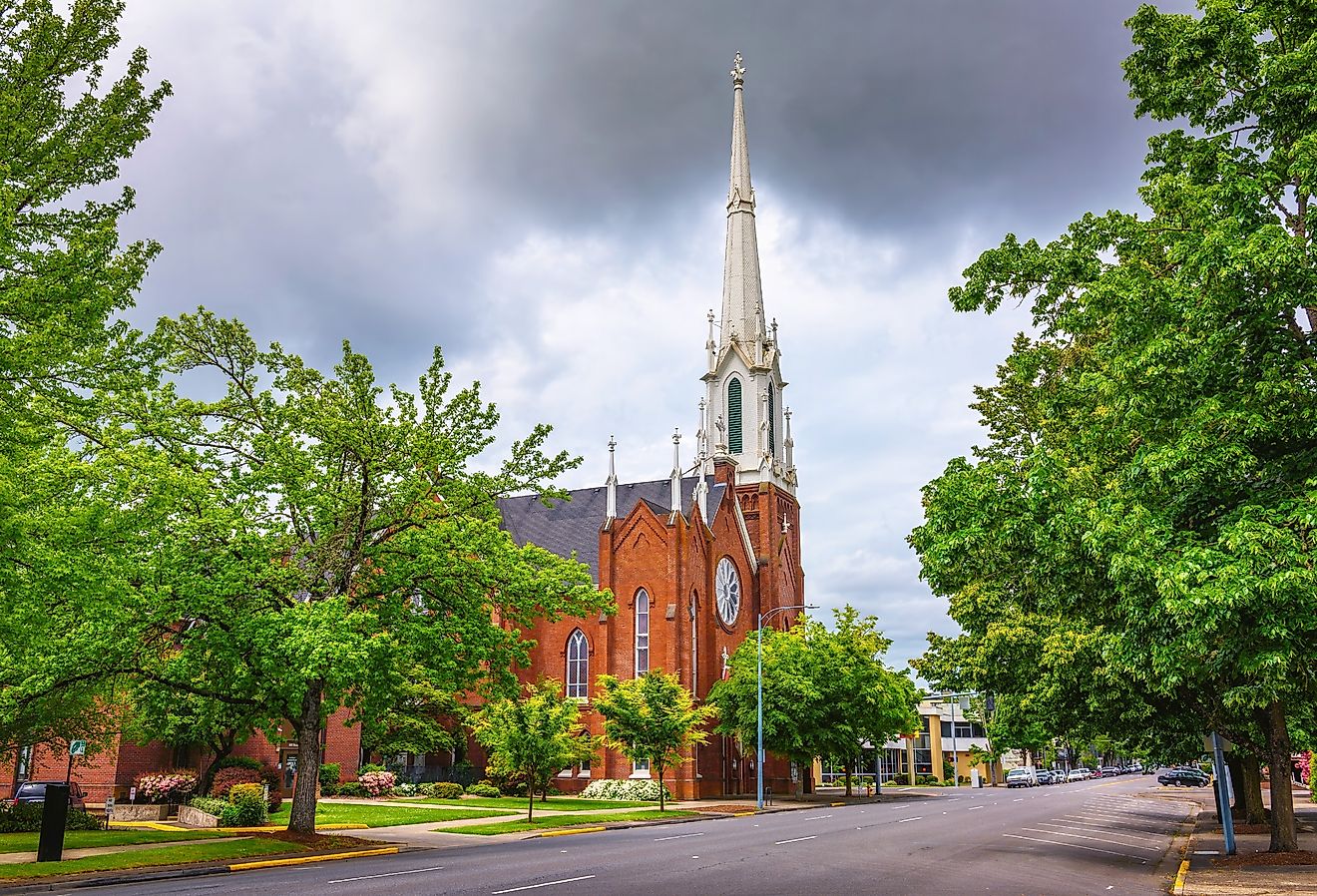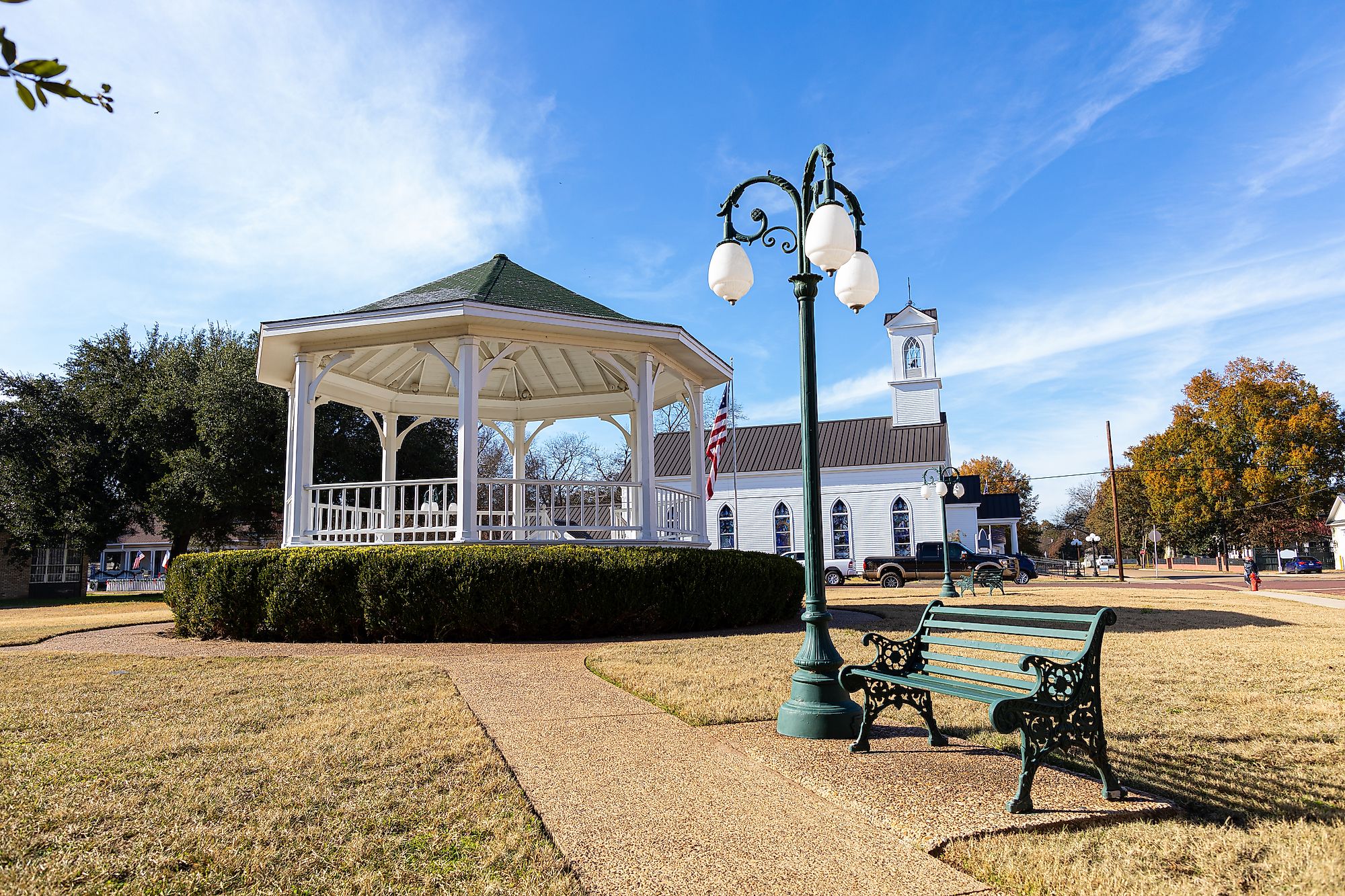
Jefferson, Texas
Jefferson is a small city situated in Marion County in the northeastern corner of the US State of Texas. At present, this historic city serves as a popular tourist destination, with the city’s many well-known sites attracting a lot of tourists every year.
Geography Of Jefferson
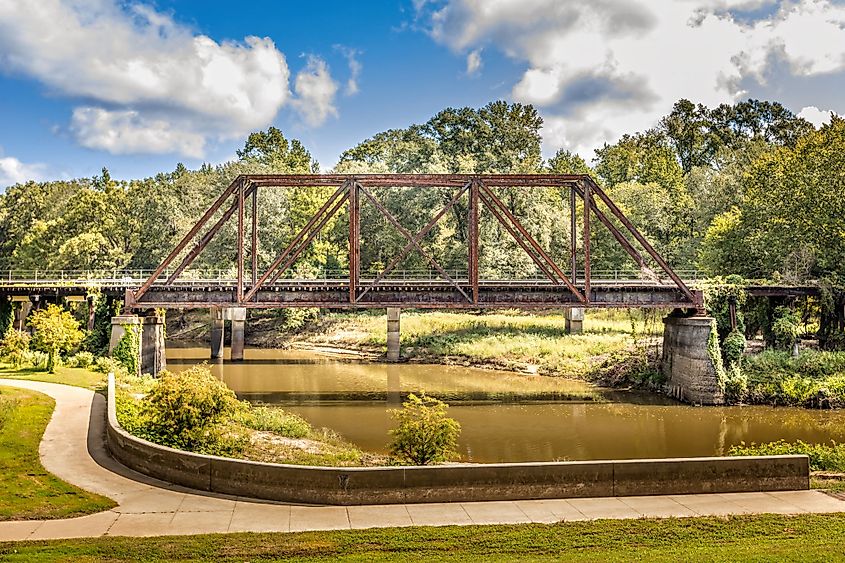
The city of Jefferson covers a total area of 11.26 sq. km, of which 0.26 sq. km is occupied by water and 11 sq. km is occupied by land. The city is situated on U.S. Route 59 and Texas Highway 49, to the north of the city of Marshall and to the south of the city of Linden. Located in and around the city of Jefferson at the western edge of the Caddo Lake is a series of wetlands referred to as the Cypress Bayou. The Cypress Bayou is divided into three areas: the Big Cypress, Black Cypress, and Little Cypress, and it forms a part of the world’s largest Cypress Forest. Some of the other popular attractions of the city of Jefferson include the Excelsior House, the House of the Seasons, Jay Gould’s Railroad Car, Jefferson Carnegie Library, and the Sterne Fountain.
Climate
According to the Köppen climate classification, the city of Jefferson experiences a humid subtropical climate, with hot, humid summers and mild, cool winters. The hot season lasts from June to September, with July being the hottest month, having an average high temperature of 33.8°C and a low temperature of 22.7°C. The cold season lasts from November to February, with January being the coldest month, having an average low temperature of 3.33°C and a high temperature of 13.8°C. The city receives an average of 1,263mm of rainfall and 3.3cm of snowfall per year.
Population Of Jefferson
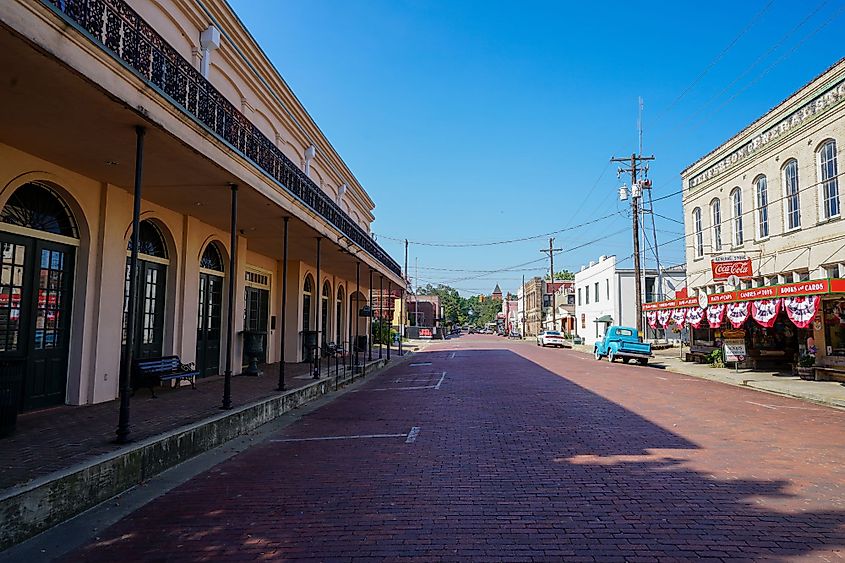
In 2019, the city of Jefferson had a population of 2512 people with a median age of 41.7. As of 2019, about 145 people (5.7% of the residents) of Jefferson were born outside the country. The most common birthplace of the foreign-born residents of Texas was Mexico, followed by India and El Salvador. The largest ethnic groups in Jefferson are the non-Hispanic White representing 45.8% of the city’s population, followed by the African Americans at 43.4%, others at 6.05%, two and more at 2.07%, and Hispanic White at 1.47%. As of 2019, the median household income in Jefferson was $39,514, and the median property value was $127,300. The average car ownership in the town was one car per household.
Brief History Of Jefferson
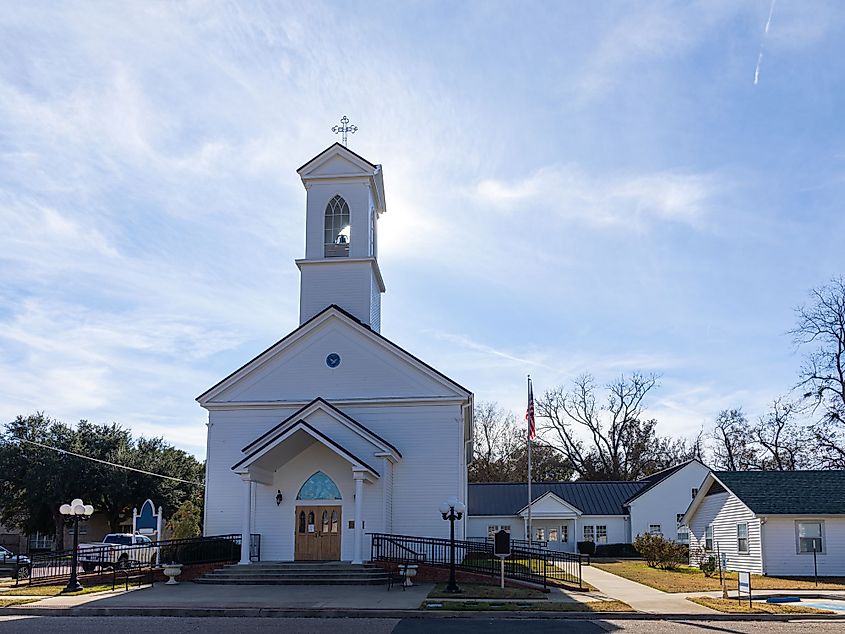
The early historical records have revealed that Jefferson was founded on a land taken from the Caddo Indians in 1841. It is believed that a more than 160.9km long gigantic log jam, or the Great Red River Raft, existed on the Red River during that time. This Great Red River Raft served as a dam and raised the level of both the Red River and the Caddo Lake by several feet. This subsequent rise of Caddo Lake also led to the rise of the Big Cypress Bayou, which in turn permitted the movement of commercial riverboats to the city of Jefferson from the port cities of New Orleans and St. Louis through both the Red and the Mississippi Rivers. By the late 1840s, Jefferson became the state’s chief inland port and one of Northeast Texas's leading commercial and distribution centers.
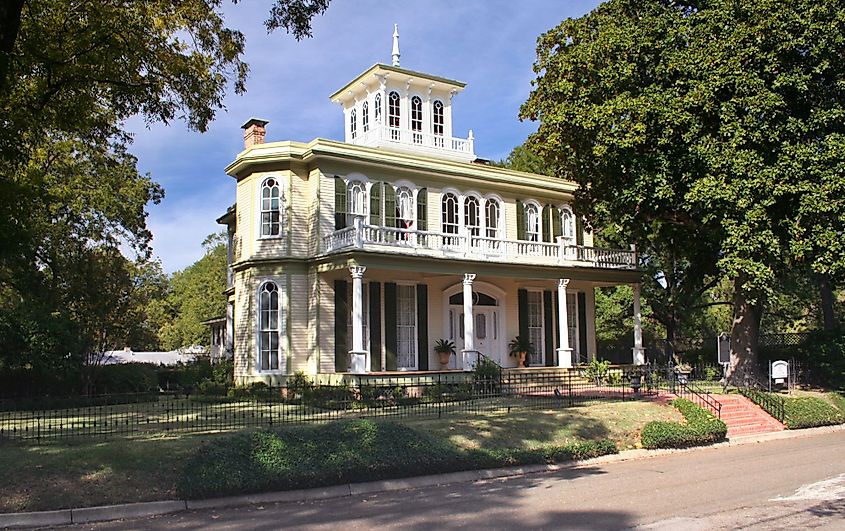
During the American Civil War, the city served as an essential supply point for the South. It has been reported that the town’s population exceeded 30,000 in a few years after the Civil War, and during this time, the town of Jefferson was considered the sixth-largest town in Texas. In 1873, the United States Army Corps of Engineers finally removed the Great Red River Raft using nitroglycerin. The removal of the raft led to the lowering of the water levels of the Caddo Lake and the Big Cypress to the extent that the movement of commercial riverboats was no longer feasible. In addition to this, the Texarkana to Marshall route of the Texas and Pacific Railway was completed bypassing Jefferson altogether. In the following years, the development of other rail cities like Marshall and Dallas led to the downfall of the Golden Era of Jefferson. By 1885, the population of Jefferson fell to just 3,500 inhabitants. Formerly referred to as the “Bed and Breakfast Capital of Texas,” the city of Jefferson at present contains the most number of state-registered historic structures, many of which are also listed on the National Register of Historic Places.
